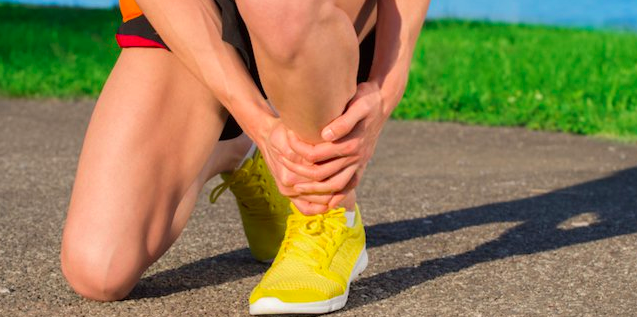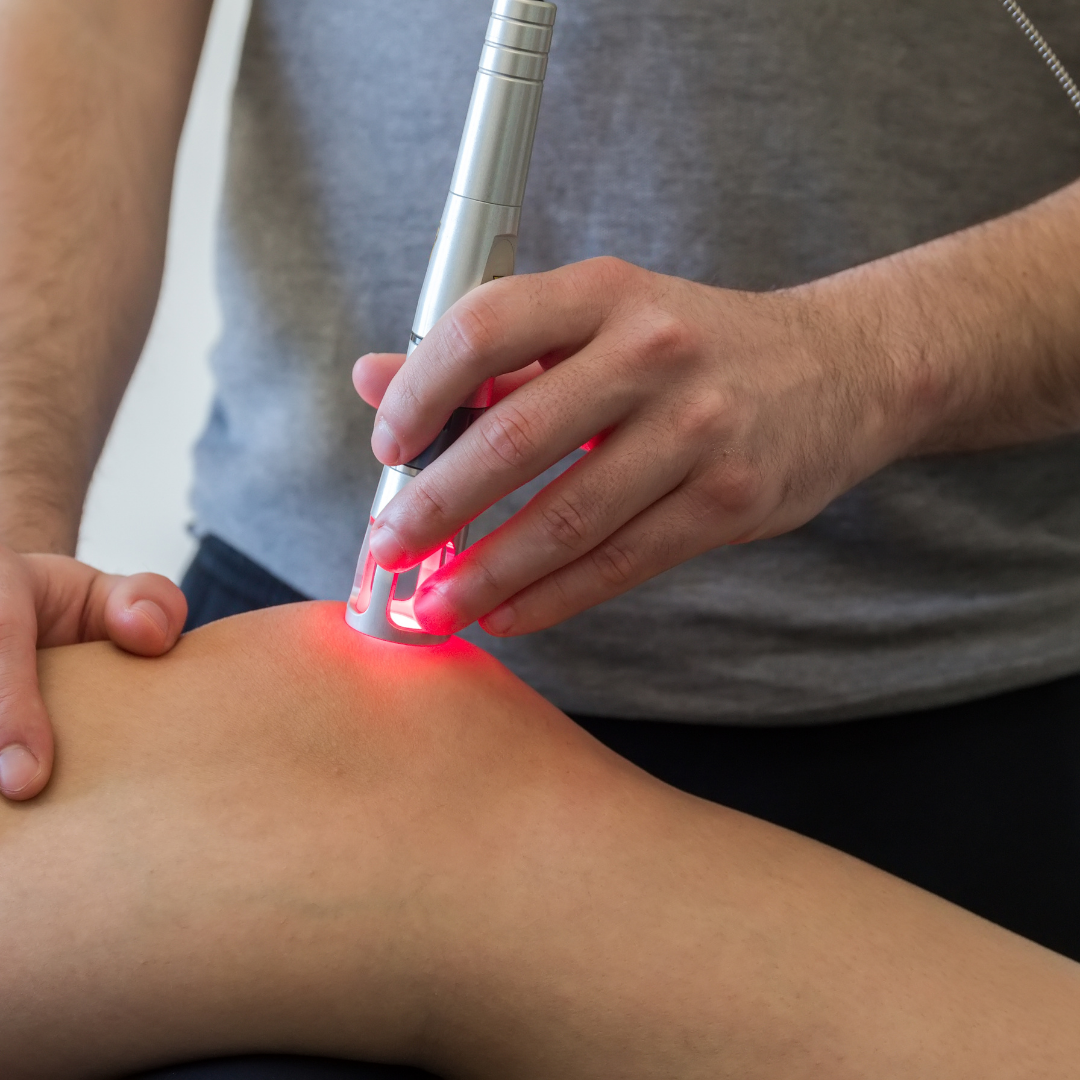Sinus tarsi syndrome describes damage to the structures that run within a tunnel known as the sinus tarsi. The sinus tarsi is located on the outside (lateral aspect) of the ankle, between the heel bone (calcaneus) and one of the ankle bones called the talus. It contains various nerves, blood vessels, ligaments, and structures that help stabilise the ankle and play an important role in balance and proprioception.
The most common cause is from a lateral ankle sprain that results in injury to the tissues and structures on the outside of the ankle. Injuries can range in severity of mild sprains to ligament tears, and are usually followed by inflammation within the sinus tarsi. This may be a result of a one-off sprain, or after repeated sprains and a degree of ankle instability. Ankle instability can allow more movement at the subtalar joint where the sinus tarsi is located, hence aggravating the injury Impingement of the structures within the sinus tarsi is another cause, though less common. This tends to occur with very flat or pronated feet or other biomechanical abnormalities that decrease the space within the sinus tarsi tunnel and place pressure on the structures within the tunnel. Certain sports can also make you more prone to developing sinus tarsi syndrome due to the positioning of the foot, such as ballet, pitching sports, and any activity that involves sitting with the feet tucked underneath you.

Symptoms typically include:
With ankle sprains, other ankle ligaments and structures may also be damaged. Swelling within the sinus tarsi may also press on nerves, producing neural symptoms such as numbness, tingling and pins and needles.
The first part of treatment is to manage the initial painful symptoms. Following the PRICE (protection, rest, ice, compression, elevation) principles can help settle the pain and swelling, allowing the body to begin to repair the damage to the ligaments and structures. The next part of the treatment will focus on addressing the cause to alleviate excess pressure away from this region and reduce the risk of future re-injury. This may involve:
Because poor or delayed management of sinus tarsi syndrome can lead to ongoing stability problems, it is important to see your podiatrist if you’re worried you may have developed this condition. They will conduct a thorough assessment of your feet and legs and create a management plan to account for your symptoms, severity of the injury and daily activities.

If you’re unsure whether you should wear walking or running shoes when exercising, this article is for you.
We explain the differences between walking and running shoes and how to determine which one is best for your feet. When it comes to buying a new pair of shoes, most people walk into a store expecting to just “find something comfy.” Then, suddenly, you’re asked: Are you looking for
walking shoes or running shoes? And that’s where the confusion begins. Because for many people, the answer isn’t that simple.
You could walk a lot – to work, around the block, chasing after the kids, or while catching up with friends. You could have also just joined
a gym or registered for the Couch to 5km. Or you could be a walker who just wants the option to go for a run if the mood strikes. So, which
shoe do you pick?

Discover why foot health is so important as we age and how Perform Podiatry supports seniors in staying mobile, independent, and pain-free. From diabetic care to personalised treatment plans, we’re here to help keep your feet happy and healthy, every step of the way.

Discover how Class IV Laser Therapy at Perform Podiatry offers powerful, drug-free relief for foot and ankle pain. Backed by science, this advanced treatment helps you heal faster and move better, without the need for surgery or medication.
Keeping your family on their feet and helping them to walk, run, play and exceed their goals is why we love getting up in the morning.
Ground Floor, One Health Building
122 Remuera Rd, Remuera
Auckland 1050, New Zealand
| MON - FRI | 7:30am – 6:30pm |
| SAT | 8:30am – 4:30pm |
| SUN | Some availability |
Make an Appointment
Online Schedule
Our virtual receptionist is available 24/7 to help with general questions, booking requests, and clinic information, even when our team is busy, or it's after hours.
Whether you're calling us or using our website, you'll get fast assistance any time of day. And if your query needs a personal touch, a member of our team will follow up as soon as possible.